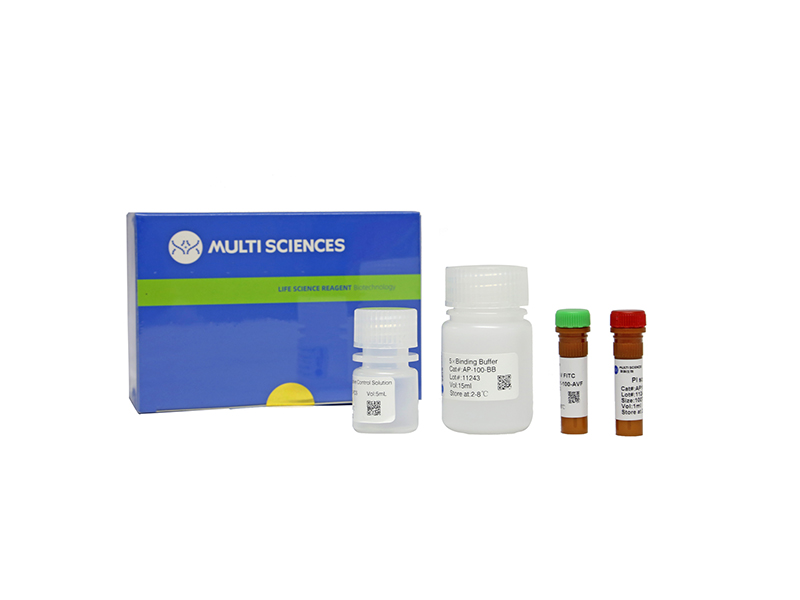Benzo(a)pyrene (BaP) has been shown to induce apoptosis and necrosis in various cell types. However, the effect of BaP on mitochondria function and p73, and their possible roles in BaP-induced cell death have not been well studied. This study focused on mitochondria-mediated cell death and the occurrence of p73 protein accumulation in BaP-treated human hepatoma Hep3B (p53-null) cells. We found that BaP (8, 16, 32 and 64μM) induced early necrosis at 12h and delayed apoptosis at 24h. BaP dramatically induced ethoxyresorufin-O-deethylase activity and led to significant increase in oxidative stress at early time points (6 and 12h). Necrotic cell death was concurrent with loss of mitochondrial membrane potential, decrease in the ATP level and activities of Na(+)/K(+)-ATPase and Ca(2+)/Mg(2+)-ATPase. However, these changes were reversed in the process of apoptosis. In addition, after BaP treatment, c-Jun N-terminal kinase (JNK) and Bax were activated during apoptosis and no change in p73 protein level was observed. These results revealed that the cells with mitochondria dysfunction and ATP depletion underwent necrosis at early time point and apoptosis afterward when they recovered from mitochondrial dysfunction and ATP depletion. Activation of JNK and Bax possibly contributed to BaP-induced apoptosis.
文章引用产品
-
-
- AP101
- 凋亡试剂盒
Annexin V-FITC/PI Apoptosis Kit(适用于除C6以外的流式细胞仪)
-
¥630.00 – ¥1,280.00
-
- AP101
- 凋亡试剂盒
Annexin V-FITC/PI Apoptosis Kit(适用于除C6以外的流式细胞仪)
- ¥630.00 – ¥1,280.00



